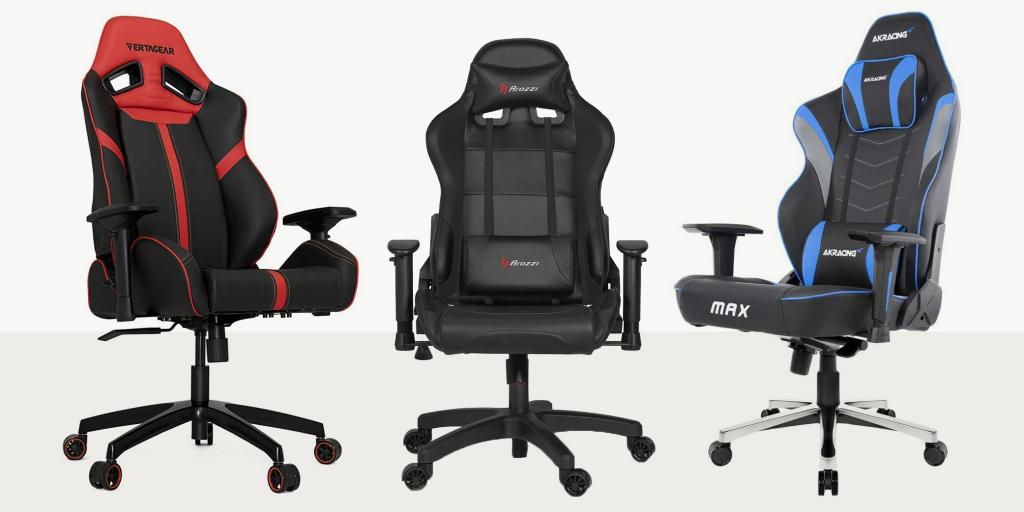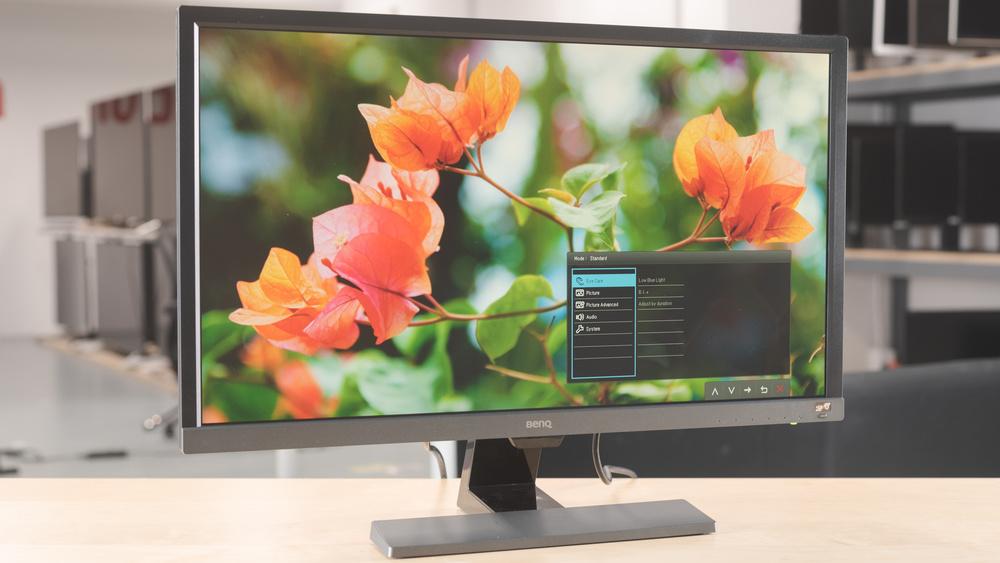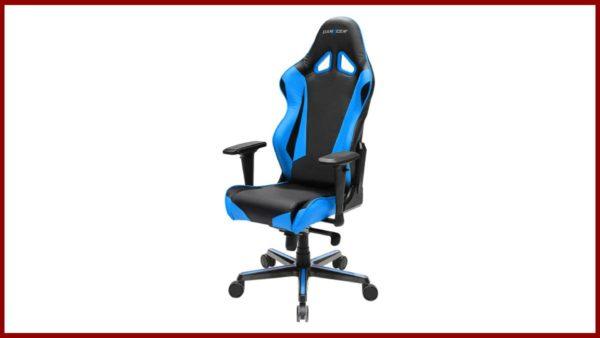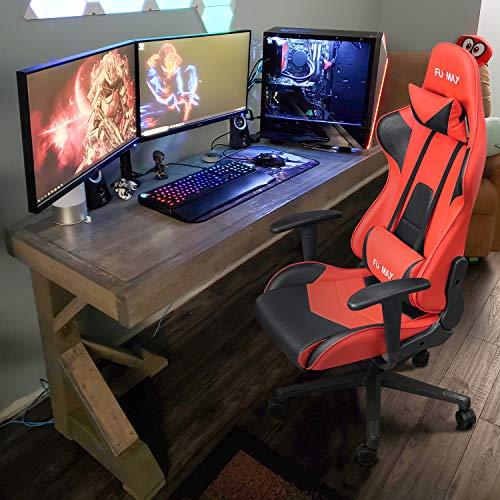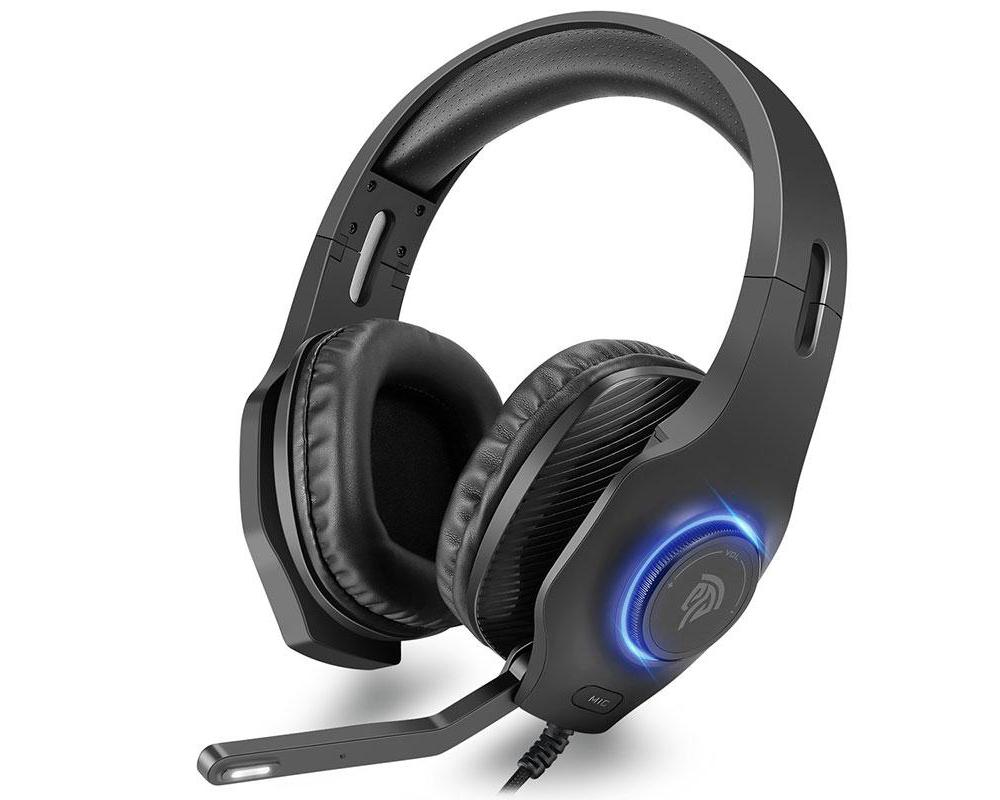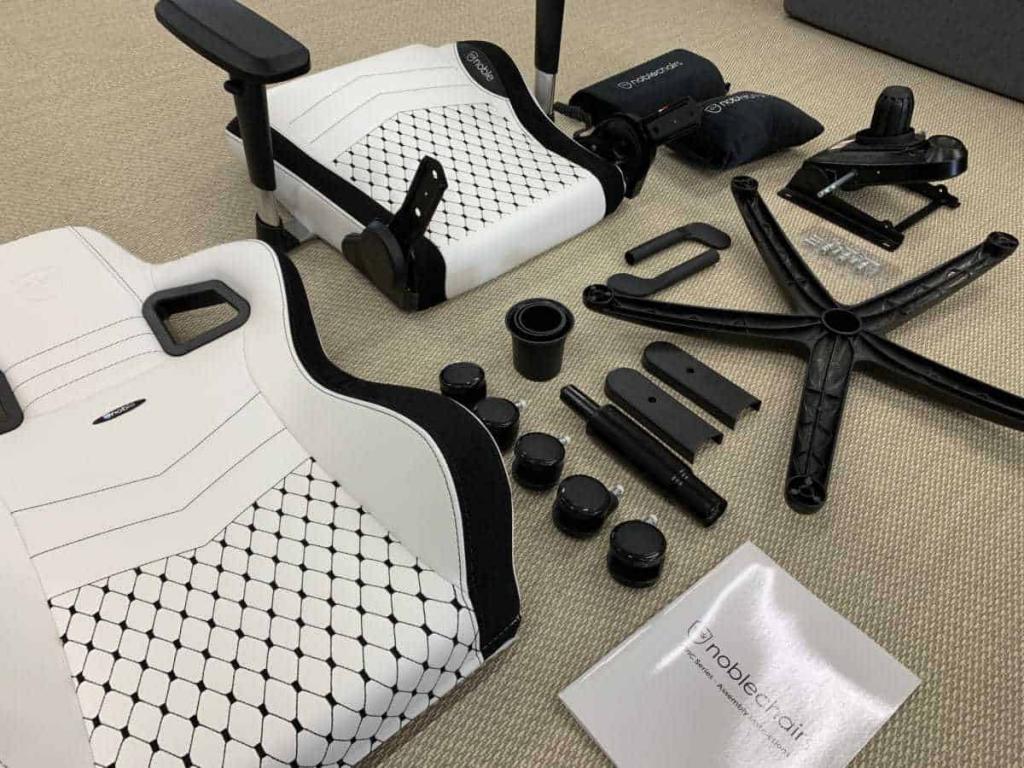While Sennheiser’s gaming headsets may not have ever been the talk of the town, they have always been well-made and among the best in the industry. Sennheiser’s first serious offering for serious gamers is the GSP 670, but as with any premium tool, there’s a lot to cover.
- Alienware Graphics Amplifier Review. Everything You Need To Know Update 07/2025
- Acer Predator XB271HU Review. Everything You Need To Know Update 07/2025
- Turtle Beach Elite Pro 2 Review. Everything You Need To Know Update 07/2025
- Are DXRacer Chairs Worth It? Everything You Need To Know Update 07/2025
- DXRacer Racing Series Review – Is This Worth The Money? Update 07/2025
PROS
- The audio is superb.
- A sturdy, cozy frame.
- Bluetooth.
CONS
- Expensive.
- Fewer than usual extras.
- Hard to use volume control.
Sennheiser has shown that it is capable of producing high-quality headphones, but its reputation in the gaming headset market is less certain. The GSP 370, which retails for $200, is a wireless headset with a capable boom mic designed specifically with gamers in mind. Sennheiser’s flagship gaming headset, the GSP 670, retails for $319 and features a more robust design than the GSP 370. It has Bluetooth, so you can use it with your phone in addition to your computer and PlayStation 4. If you can get past the high price, the GSP 670 has great sound quality and a pleasant design.
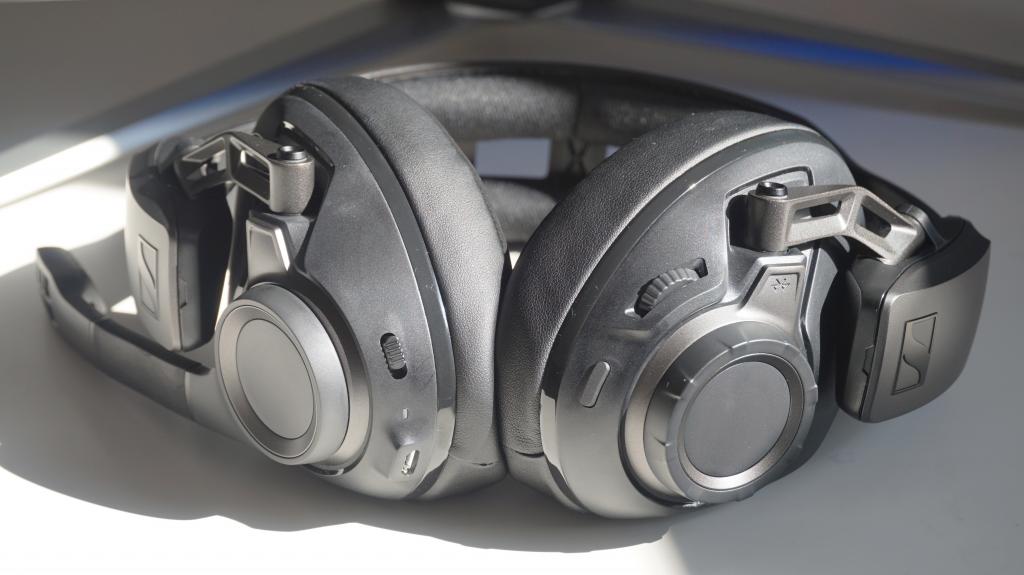
Design
The GSP 670 expands on the foundation laid by the GSP 370 with a more robust, futuristic military design. Two hinges allow the large gray earcups to pivot and flex at the point of attachment to the headband. The large oval earpads are stuffed with memory foam and covered in faux leather on the sides and a softer, suede-like material across the top. The mesh fabric on the underside of the headband provides ventilation.
There are two plastic sliders across the top of the headband that allow you to change where the headset rests on your head. Though the GSP 670 may appear cumbersome at first glance, the clever weight sliders and ample ear padding make it possible to use the headset for extended periods of time while gaming or listening to music.
On the right earcup is a ridged circle that acts as both the power switch and the volume control, while the left earcup has a smooth plastic circle on which the large, chunky boom microphone is mounted to flip up and down. A slight turn of the dial from its far left position activates the headset, and further rotation raises the volume. Unlike the GSP 370’s volume dial, this one is much less responsive, making it unclear whether you’re turning the headset off or simply decreasing the volume.
The charging micro USB port, status LED, and Bluetooth pairing slider are all located on the underside of the left ear cup. On the underside of the right earcup is a dial for adjusting the chat volume, and a smart button that can be programmed to cycle through different equalizer settings.
The GSP 670 is compatible with three distinct interfaces. With the included wireless USB dongle, you can use your computer or PlayStation 4 as a headset. You can also use the USB-to-micro-USB cable that comes with the headset to connect it directly to your computer or gaming console, though it may be too short to reach your couch from there. The headset can be linked to a phone or other Bluetooth-enabled device via Bluetooth connectivity. There is no 3.5 mm jack on this headset.
The USB dongle and charging cable are the only extras included with the headset. The item comes without a stand or case. The GSP 670, like the GSP 370, lacks a dedicated slot for stowing the diminutive dongle when it’s not in use.
Microphone
The microphone on the boom is sensitive and will pick up your voice clearly and precisely. Test recordings sounded clear and crisp after some adjustments were made, with no audible sibilance. The noise-canceling microphone was also able to effectively eliminate any distracting PC Labs background noise.
The Sennheiser app’s microphone settings may be to blame for an initially off-sounding recording; we found that the app’s default Warm Voice Enhancer setting caused test recordings to sound slightly compressed, but turning it off resolved the issue. With some practice, it becomes an excellent microphone for streaming and recording, though a dedicated USB microphone may be more appropriate for professional voice capture.
Music Performance
Xem thêm : AndaSeat Eagle 1400 Review. Everything You Need To Know Update 07/2025
Not surprisingly, given its Sennheiser lineage, the GSP 670 is an excellent music player. Our test track for low-frequency response is The Knife’s “Silent Shout,” and the bass drum hits come through with a noticeable amount of force that falls short of subwoofer-level decibels but is still noticeable. If you use the Music EQ preset in the Sennheiser app and crank up the Reverberation, the bass will sound especially robust. The bass remains undistorted even at the highest volume settings and volumes.
Yes, “Roundabout” sounds fantastic through the GSP 670. Strong high-frequency finesse gives the opening acoustic guitar plucks plenty of string texture, and the electric bass sounds punchy and forceful without drowning out the rest of the busy mix. Every instrument, vocal, and drum beat is audible and well-balanced.
The Crystal Method’s “Born Too Slow” also sounds fantastic on the headphones. The drums provide the track’s necessary bass power to complement the shrieking vocals and guitar riffs. The lows and mids are heavily featured, giving equal weight to all parts of the driving backbeat.
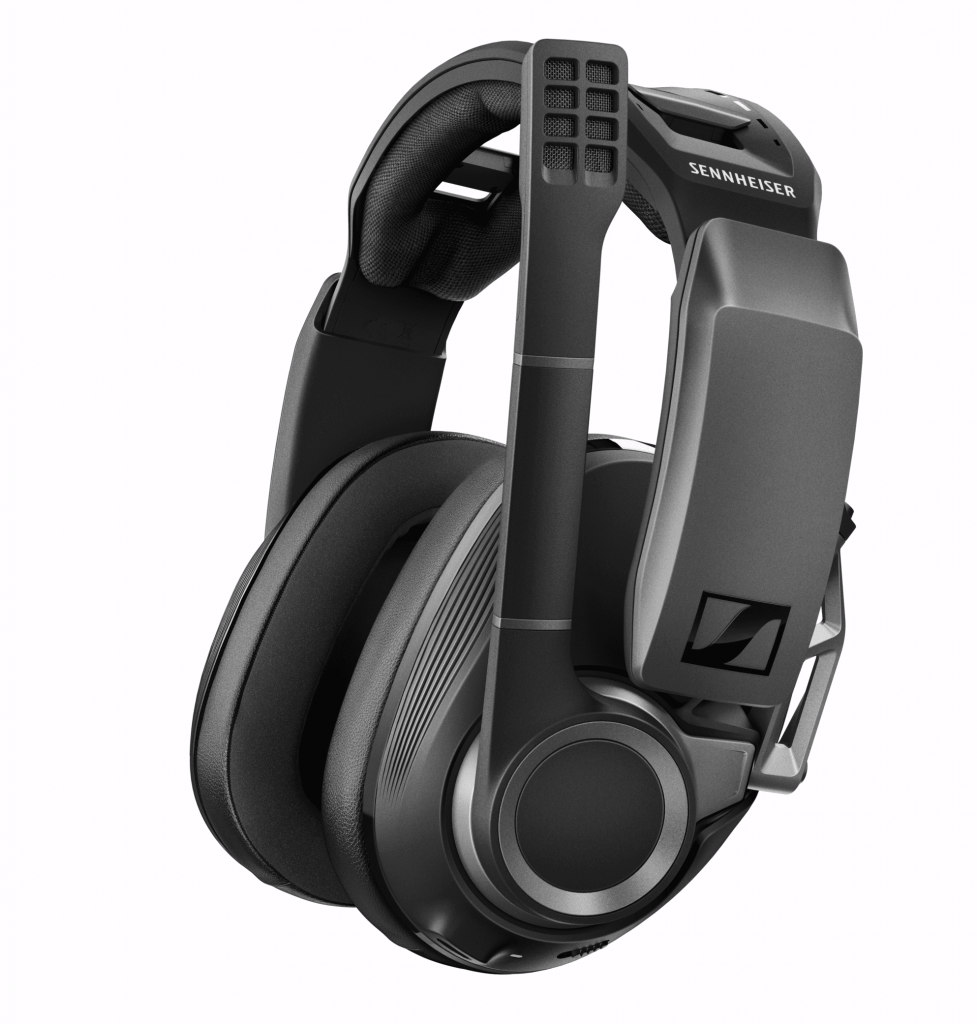
Game Performance
Forza Horizon 4’s engine noises are loud and clear on the GSP 670. The mids and highs are prominent enough to make the difference between the supercar whine and the off-road vehicle growl. Lego Speed Champions’ maps feature a plastic clatter of Lego pieces that is full of fine, clacking texture, while crashing into obstacles and splashing in water produces a rumbling sound.
The GSP 670 gives Gears 5 a strong audio presentation. The shotguns and heavy assault rifles in particular pack quite a wallop. Combat noises pack a powerful low-end punch that propels the action. The Pouncers’ skittering was audible because the higher frequencies get enough attention. While the headset’s simulated surround sound isn’t great in terms of directional imaging, it still provides more than enough detail and decent stereo panning to make out who’s fighting where.
High-Quality Gaming Audio
The Sennheiser GSP 670 is a top-notch Bluetooth wireless headset that is compatible with PCs, PS4, and mobile devices. It’s adaptable and useful, but the bulky gaming aesthetic may make you think twice about bringing it out in public. The headset is expensive, but the high-quality construction and sound are worth it. However, it does not come with a dock or even a storage area for the included USB dongle.
The Steelseries Arctis Pro Wireless, which retails for $10 more than the GSP 670 but includes a base station with numerous on-board controls and two interchangeable batteries in addition to 3.5mm and Bluetooth connectivity, is another product we recommend for high-quality wireless audio. The GSP 670 retails for $300, but the $150 Turtle Beach Elite Atlas Aero and the $100 Razer Nari Essential are both capable wireless audio solutions at a fraction of that price.
Gaming with the Sennheiser GSP 670
Despite the connection issues I mentioned above, the Sennheiser GSP 670 provides a solid gaming experience. The PlayStation 4 compatibility was excellent, but the audio started to crackle and drop when I was only 7 feet from the consoles while sitting on the couch. If your living room is significantly larger than mine, you may experience similar issues. When you’re in a more stable area, you can use the headset’s chat and game channel and independent volume controls to fine-tune the mix.
If you own a Sennheiser GSP 670 and have previously had trouble getting the headset’s surround sound to work, I recommend checking in again after the most recent software update. The Gaming Suite enables the surround sound feature and allows the user to adjust the EQ and microphone settings as desired. It’s simple to use, and all it takes to switch to surround sound is the push of a button.
When it came to actually playing games on my computer or PlayStation 4, I never had any problems. Since consoles don’t support surround sound to begin with, game soundtracks like theseThe New Final Fantasy 7 and Controlsound fantastic; the headset’s flat frequency response was tailor-made for the more involved audio profiles of single-player games, where orchestral scores and a plethora of layered sound effects work together to immerse a player. On a personal computer, you can play gamesOverwatch and Probability of Rain, Round 2sounded terrific. The 5.1 surround mode played nicely withOverwatch equal to the game’s default option.
Long gaming sessions on PC were never an issue due to the headset’s light weight or high temperature; however, long sessions on PS4 were less tolerable due to the deteriorating connection.
FAQS:
Who is the Sennheiser GSP 670 for?
- Gamerssearching for the best possible wireless experience.
- Remote employeessearching for an everyday piece by a more recognizable brand that can be worn all day.
What’s the Sennheiser GSP 670 like?
Bluetooth is a secondary connection option for some gaming headsets.
Xem thêm : Razer Naga Trinity Review. Everything You Need To Know Update 07/2025
As an example of a gaming headset that could use some improvement, the Sennheiser GSP 670 is a great choice. It has a powerful combination of features, a solid design and build, and a premium price; however, due to a few issues, the whole package is rather disappointing. But first, let’s get to the good stuff; this column covers a lot of ground.
This wireless gaming headset is made almost entirely of plastic, including the headband and the headphones’ hinges. The sliders on the headband allow you to alter the tension. Even though there isn’t much of a gap between the tightest and loosest settings, having that range of adjustment is invaluable. The GSP 670 weighs in at over 500 grams, making it a relatively heavy gaming headset. However, I experienced no discomfort while wearing it for extended periods of time because of its excellent balance.
The earcups of the Sennheiser GSP 670 are topped with fabric and trimmed with leatherette. Although it may look a bit cluttered, this design allows the headset to keep its leathery appearance without sacrificing comfort or flexibility. Isolation appears to have benefited from it as well. These headphones, with their easily-adjustable band tension, made getting a good seal a breeze.
This headset for video gaming comes with a number of handy buttons. Although it may seem complicated at first, mastering them is actually quite simple. The micro USB charging port, pairing switch for the included dongle or Bluetooth, and the headset’s built-in microphone are all located on the left earcup. There is a surround sound toggle button on the right headset, as well as a small volume dial for in-game chat and a large volume dial on the side of the headset. Turning this knob all the way down will turn the GSP 670 off, as it controls the headset’s primary volume.
Everything seems to be in place for a fantastic experience once you put on the headset, but there are a few major flaws. The Sennheiser GSP 670 is a lightweight and accommodating headset. The mic is high quality and simple to operate. In addition to being compatible with Bluetooth, the headset also works with a 2.4GHz wireless RF USB dongle, allowing you to connect it to both your phone and computer/PlayStation 4 simultaneously. However, there is a major issue with the range of this headset.
It’s not uncommon for Bluetooth connections, especially with devices like smartphones, to have a limited range. However, the Sennheiser GSP 670 is the first headset I’ve encountered that uses an RF dongle. You probably won’t have any problems with this if you play video games exclusively at your desk, but if you move around while wearing your headset, you may experience some interference. From what I can tell, this is only an issue with older production runs of this headset, so you might be fine with a brand new one.
Those who do experience this problem can easily resolve it by purchasing a USB extender. Although it’s comforting to know that the product’s biggest flaw is amenable to improvement, it can still be annoying when it happens. Extenders are cheap (around $10), so the cost of the repair is less than the cost of shipping for a warranty replacement. It’s puzzling because most RF dongle-based wireless gaming headsets (including high-end models like the Razer Thresher Ultimate and more affordable models like the PlayStation Gold Wireless) have no trouble keeping a reliable connection within a single room.
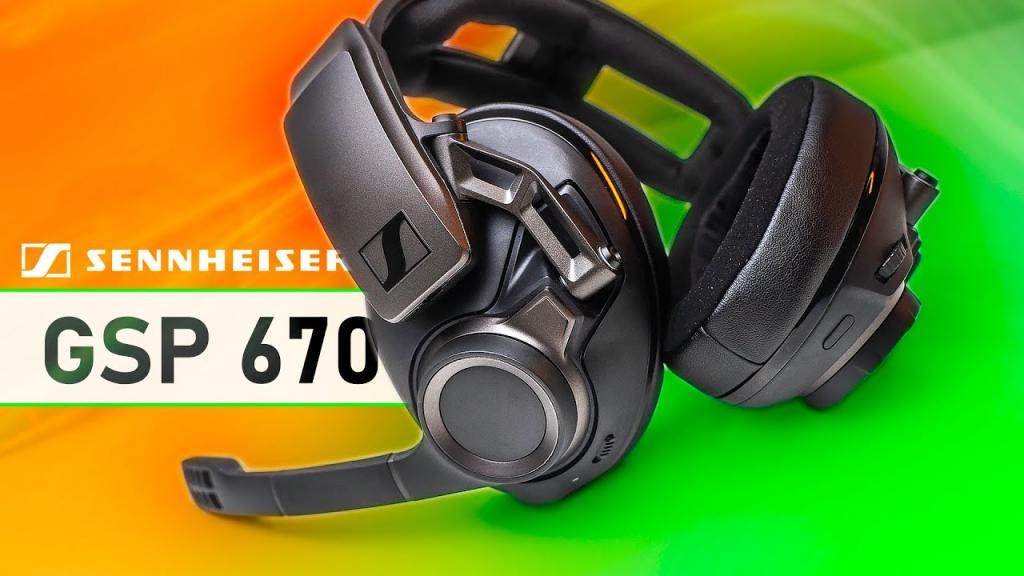
How is the battery life?
Our testing corroborated Sennheiser’s claim that the GSP 670’s wireless dongle could keep it going for up to 16 hours. We measured just over 16 hours of playback time at a constant volume of 75 dB; if you listen to the headset at a lower volume (or only use it via Bluetooth), you may get even better battery life. You can expect a slight degrade in performance if you use both the wireless dongle and a Bluetooth device frequently.
The headset also has a battery saver mode that activates after a certain amount of time has passed without any audio being played. When you resume listening, the headset will activate. The inconvenience of having to restart a video every so often so that you can hear it from the beginning is usually worth it. Even if you forget to turn it off overnight, this feature should keep you from having to charge it too often during the day.
What are the Sennheiser GSP 670’s connection options?
The Sennheiser GSP 670 can be wirelessly connected with a 2.4GHz wireless USB dongle, providing you with seamless, latency-free audio while you game. Bluetooth audio support is also rare among gaming headsets, and support for high-quality codecs like AAC, aptX, and aptX Low Latency is even more so. Although the Sennheiser GSP 670’s range is debatable, it does not lack for reliable connection choices.
Why don’t I hear any sound coming from the GSP 670 when using Bluetooth?
Make sure the USB dongle is not plugged in if the headset’s Bluetooth connection is not working. While it is possible to use both the dongle and Bluetooth at the same time, doing so is not recommended. If you’re having issues with a Bluetooth headset connected to your computer, check to see if the GSP 670 is selected as the output device in your audio settings.
Conclusion:
Taking everything into consideration, then, the GSP 670 provides unrivaled quality and unparalleled sound. After all, this is your one and only chance to get your hands on Senny sound in a wireless gaming setup. However, the GSP 670 still has some issues that need to be fixed before it can truly nail the wireless formula and bring the best of Sennheiser’s sound to the world of cable-free gaming. Most importantly, it’s tough to picture the GSP 670’s hefty wireless price premium being sustainable in the competitive and ever-evolving gaming headset market for very long.
Nguồn: https://gemaga.com
Danh mục: Review

